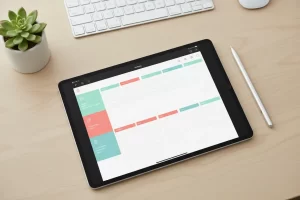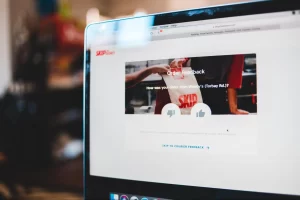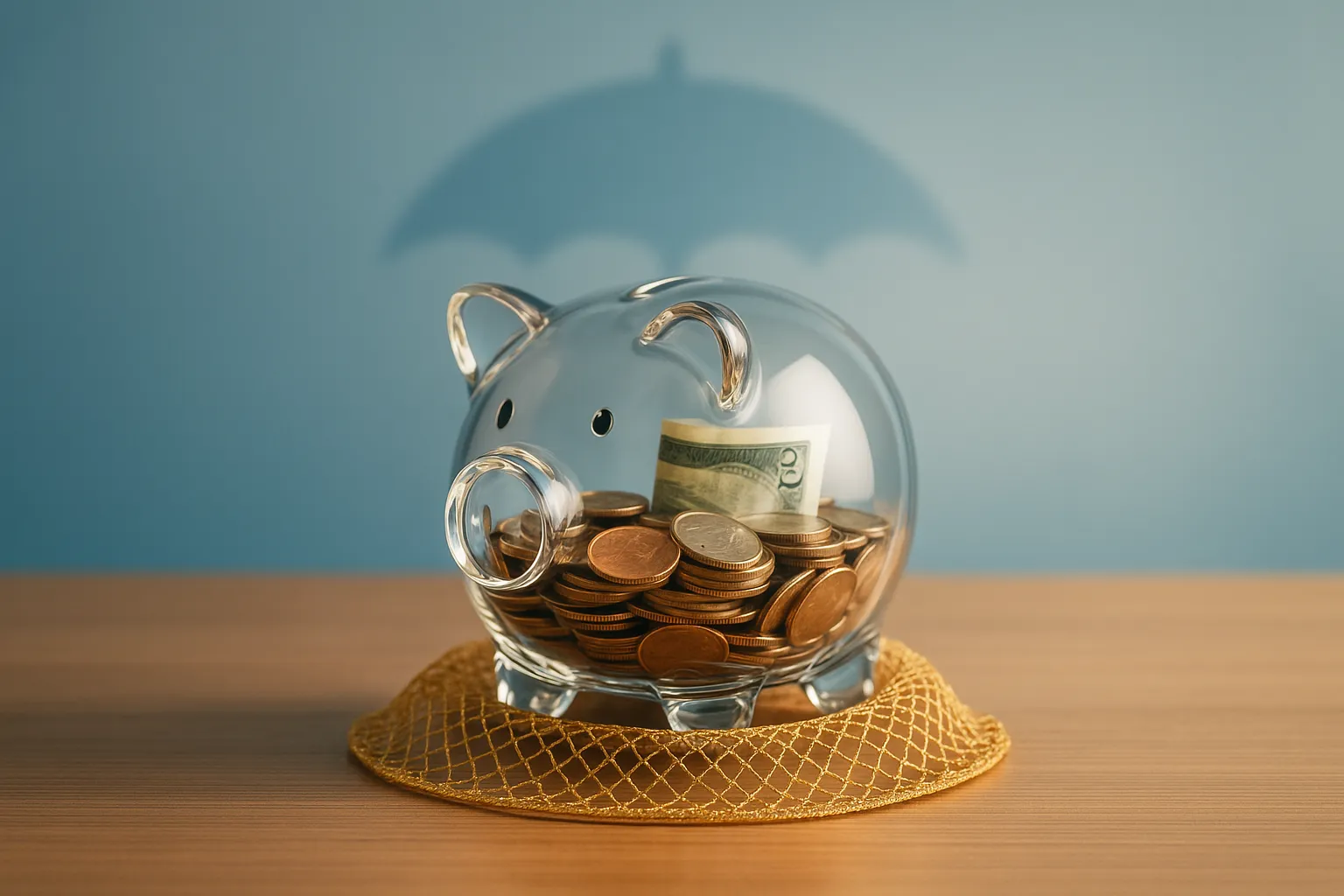How to Build a Safety Net and Best Prepare for Financial Emergencies
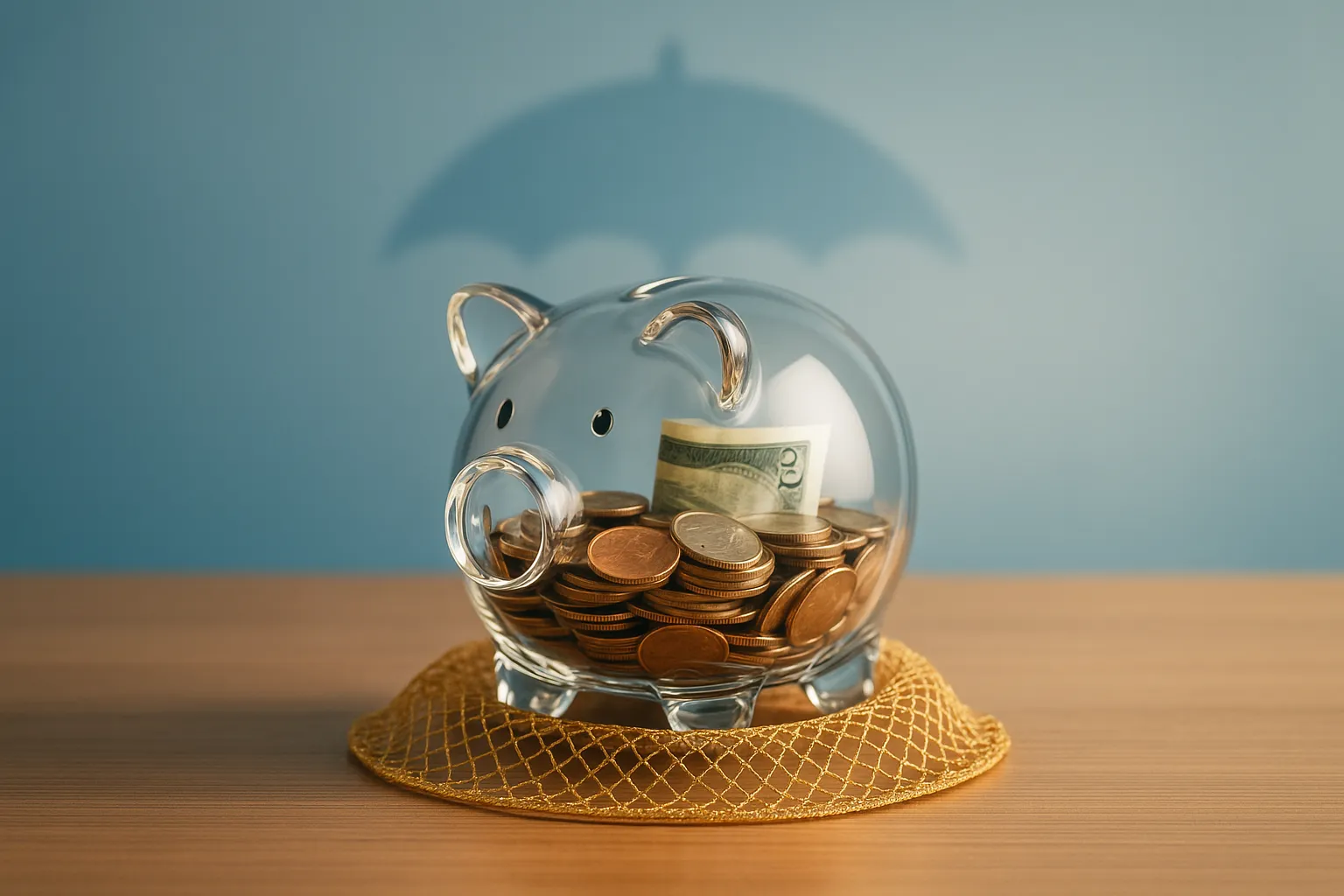
Financial emergencies can strike any business without warning, but strategic preparation can make all the difference between survival and closure. Leading financial advisors recommend establishing structured safety nets with multiple layers of protection tailored to your industry’s specific risks. This comprehensive guide examines proven techniques for building resilient emergency funds that protect your business against unexpected disruptions while maintaining operational stability.
- Diversify Income Streams Against Market Changes
- Build Frugal Culture Before Crisis Hits
- Combine Liquid Funds with Insurance Coverage
- Protect Assets Before Building Cash Reserves
- Create Industry-Specific Emergency Funding Plan
- Allocate Percentage from Each Invoice Automatically
- Build Layered Reserves for Strategic Resilience
- Establish Reserves Based on Business Cycles
- Budget for Compound Emergency Effects
- Maintain Six Months of Operating Expenses
- Treat Slow Periods Like Planned Deployments
- Create Friction to Access Emergency Funds
- Automate Deposits for Consistent Emergency Savings
Diversify Income Streams Against Market Changes
My biggest financial safety net lesson came from a commercial boundary job that went sideways – the client suddenly couldn’t pay the $30K invoice after we’d already bought all the Colorbond materials. That near-disaster taught me to separate my business into two financial buckets: operational cash and an “oh shit” fund that covers three months of crew wages plus materials for our largest typical project.
I learned to diversify income streams after seeing too many tradies go under when one revenue source dried up. We deliberately grew from just residential timber fencing into commercial work, automated gates, and pool fencing – when housing slowed down last year, our commercial contracts kept the lights on. Now no single service makes up more than 40% of our revenue.
The smartest move was building relationships with suppliers before needing favors. When a major residential project got delayed six weeks due to council approvals, our timber supplier let us push payment terms without penalty because we’d been reliable for years. That flexibility meant we didn’t have to dip into emergency funds or stress about cash flow.
I also keep a rolling list of “backup work” – smaller residential jobs I can slot in quickly when bigger projects fall through. These $3-5K boundary fence jobs might not be glamorous, but they generate immediate cash flow and keep the team busy during unexpected gaps.
 Jake Bunston, Owner, MAKE Fencing
Jake Bunston, Owner, MAKE Fencing
Build Frugal Culture Before Crisis Hits
The truth is, no one is ever fully prepared. You just get better at not being blindsided. When the pandemic hit, our revenue dropped by half in a single month. I remember sitting with my leadership team, and the silence in the room was heavier than any financial statement. We had to move fast, but we weren’t starting from zero; we had already built a culture of frugality.
Long before that crisis, I’d set a rule for myself: don’t live like the peak months will last forever. So when money was flowing in, instead of upgrading the office or throwing big events, we tucked it away. That cushion gave us time to think, not panic. Another step was diversifying, making sure no single client accounted for more than 20% of our revenue. It’s tempting to chase the big fish, but one cancellation shouldn’t be able to sink the boat.
We also invested in relationships with vendors, with our bank, with people who trust us. When the storm came, those relationships bought us patience and flexibility.
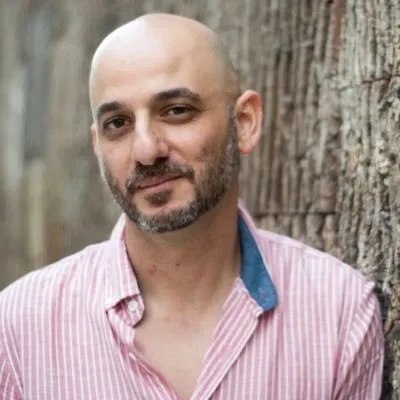 Nir Appelton, CEO, The CEO Creative
Nir Appelton, CEO, The CEO Creative
Combine Liquid Funds with Insurance Coverage
As an independent insurance agent who works with families and businesses daily, I’ve seen how quickly life can throw financial curveballs. The most crucial step isn’t just saving money—it’s creating a comprehensive emergency preparedness plan that goes beyond your bank account.
I always tell my clients to start with the 72-hour rule from disaster preparedness. Just like you need supplies to survive three days without help during an earthquake or tsunami, you need liquid funds to cover immediate expenses while you figure out your next moves. I’ve watched too many families struggle because they had money tied up in investments they couldn’t quickly access when someone lost their job or faced a medical emergency.
The real game-changer is combining your emergency fund with proper insurance coverage. I had a client whose small business was hit by a fire last year—their emergency savings covered the first month of expenses, but their business interruption insurance kept them afloat for six months while they rebuilt. Without both pieces, they would have been forced to close permanently.
One concrete step I recommend is the “emergency kit audit” I do with clients. We list every potential financial disaster (job loss, medical bills, major home repairs) and calculate the real costs, not just estimates. Most people find they need 8-10 months of expenses saved, not the typical 3-6 months everyone talks about.
 Patrick Caruso, President, Caruso Insurance Service
Patrick Caruso, President, Caruso Insurance Service
Protect Assets Before Building Cash Reserves
After 25 years as an estate planning attorney, I’ve learned that most people prepare for the wrong financial emergencies. Everyone focuses on job loss or medical bills, but the real wealth killers are lawsuits and creditor claims that can wipe out everything you’ve built.
I tell clients about the woman who walked into a clearly marked ladder while texting and won $161,000 from the worker’s employer. The defendant had insurance, but many liability claims fall outside coverage exclusions. Your emergency fund becomes worthless when someone gets a judgment against all your assets.
My approach is asset protection first, then emergency reserves. I max out ERISA retirement contributions because they have unlimited federal bankruptcy protection. Then I structure assets in LLCs and trusts before any lawsuit threats appear–you can’t protect assets once litigation starts, courts will reverse those transfers as fraudulent.
The key insight most people miss: traditional emergency funds sitting in regular accounts are actually sitting ducks for creditors. I keep 3-6 months’ expenses accessible, but everything else goes into protected entities. When my clients face real emergencies, their wealth is already structured so creditors can’t touch it.
 Paul Deloughery, Attorney, Paul Deloughery
Paul Deloughery, Attorney, Paul Deloughery
Create Industry-Specific Emergency Funding Plan
Owning Full Tilt Auto Body since 2008 has taught me that cash flow emergencies hit differently in the collision repair business. Unlike other industries, we deal with insurance companies that can take 30-60 days to pay claims while we’re already out thousands in parts and labor costs.
I learned this the hard way during our first major expansion when three customers’ insurance companies simultaneously delayed payments totaling $47,000. We had already ordered OEM parts and paid technician wages, leaving us scrambling for working capital. That experience forced me to create a revolving credit line specifically for parts inventory and establish net-15 payment terms with our most reliable parts suppliers.
The game-changer was building relationships with local towing companies who refer accident victims directly to us. When someone gets hit and their car needs $8,000 in repairs, we can float those costs knowing the referral source trusts our quality. This steady referral income—we’ve been voted Best in the Valley since 2013—creates predictable revenue even when insurance payment cycles get unpredictable.
I also keep a separate emergency fund that covers exactly 90 days of our highest monthly expenses from our busiest season. This isn’t theoretical—when Massachusetts had that brutal winter in 2015 and accident volume doubled, we could immediately hire temporary help and stock extra parts without waiting for cash flow to catch up.
 Zac Ciaschini, Co-Owner, Full Tilt Auto Body & Collision
Zac Ciaschini, Co-Owner, Full Tilt Auto Body & Collision
Allocate Percentage from Each Invoice Automatically
One of the best moves I made was allocating a percentage of every service invoice. I don’t care how small, five percent of every invoice went into a separate business savings account. That money doesn’t move unless we have an unexpected expense. Treat it like it doesn’t exist, which can be hard at first, but in time it created enough cushion to pay an entire month’s payroll and vehicle expenses, which is about $47,000 for our crew and service fleet.
I made it a habit once it was automated. We put reminders in place and tied it to our bookkeeping system. It became engrained, and before we knew it we had the money to repair a transmission that died on one of our primary trucks. We were back in business the next day with no lines of credit pulled or other obligations delayed. The breathing room the line provided was like gold for keeping the team going.
 Craig Focht, Cofounder & CEO, All Pro Door Repair
Craig Focht, Cofounder & CEO, All Pro Door Repair
Build Layered Reserves for Strategic Resilience
Preparing for unexpected financial emergencies starts with accepting that they will happen—it’s not a matter of if, but when. That mindset shift changes how you treat reserves. Instead of seeing a safety net as “idle cash,” I see it as insurance against disruption and a tool for making better long-term decisions when the pressure is on.
One step I’ve taken is separating liquidity into distinct layers. The first layer is immediate access—enough cash reserves to cover several months of fixed costs without touching credit. The second is flexible capital, like lines of credit or short-term instruments, which can be tapped quickly but don’t sit idle. The third layer is strategic reserves earmarked for seizing opportunities that often appear during crises—whether that’s hiring great talent suddenly on the market or acquiring undervalued assets.
Another important practice is stress testing. Instead of assuming steady growth, I run models that simulate revenue drops, delayed receivables, or unexpected expense spikes. Walking through those scenarios with the leadership team makes the abstract very real. It forces decisions in advance about what gets protected, what can be trimmed, and how fast pivots need to happen.
The unexpected benefit of building this kind of safety net is confidence. When you know you can weather a storm, you’re less likely to make short-sighted decisions in the heat of the moment. That calmness not only protects financial health but also reassures employees, partners, and investors who are looking for stability.
The key takeaway is that financial resilience isn’t just about surviving emergencies—it’s about positioning yourself to act decisively when others are paralyzed. A well-built safety net gives you that freedom.
Establish Reserves Based on Business Cycles
Having scaled a pet cremation business from one facility to 11 locations across three states, I learned that emotional-driven industries face unique cash flow challenges. Families often pay after services during their most vulnerable moments, creating unpredictable revenue timing.
I built what I call “grief-cycle reserves” – 6 months of operating costs specifically for our 24/7/365 operations. When we expanded to 11 markets, unexpected cremation equipment failures could cost $40,000+ per unit, but having dedicated equipment reserves meant we never had to turn away a grieving family or break our 24-48 hour turnaround promise.
The franchise model actually strengthened our safety net. When individual markets like Tampa struggled during seasonal population changes, our multi-state presence balanced the cash flow. Each location contributes to a shared emergency fund that covers equipment repairs, facility relocations, or sudden market downturns.
I also negotiated 60-day payment terms with our cremation equipment suppliers upfront, since our industry has predictable but emotional timing issues. This buffer has been crucial when families need extra time to process payments during their grief period.
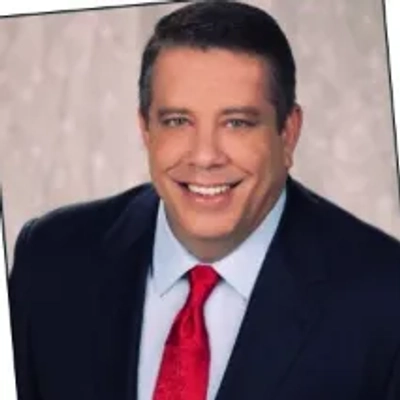 Joseph Castranova, Founder & CEO, Resting Rainbow
Joseph Castranova, Founder & CEO, Resting Rainbow
Budget for Compound Emergency Effects
Running Roof Experts for over 20 years taught me that home emergencies create financial chaos faster than people expect. When a Massachusetts winter storm damages your roof, you’re facing $8,000-15,000 in repairs while potentially dealing with water damage to your belongings inside.
I keep what I call a “home protection fund” that’s completely separate from regular savings. After seeing hundreds of families struggle with simultaneous roof and insurance issues, I realized most people underestimate how quickly these costs compound. Water damage from a leaking roof can destroy flooring, furniture, and electronics within days.
The key insight from my roofing business is that home emergencies rarely happen alone. I’ve inspected homes where a small roof leak led to mold issues, electrical problems, and HVAC damage–turning a $3,000 repair into a $20,000 nightmare. Now I budget for the domino effect, not just the initial problem.
I also learned to build relationships with contractors during calm periods, not during emergencies. Having trusted electricians, plumbers, and restoration specialists on speed dial means getting help immediately when disaster strikes, often at better rates than panic-hiring strangers.
 Jason Hedtler RE, Owner, Roof Experts
Jason Hedtler RE, Owner, Roof Experts
Maintain Six Months of Operating Expenses
In real estate, surprises come often whether it’s a market dip, a rehab project going over budget, or material costs suddenly spiking. After being caught off guard once with too many projects going at once, I made it a rule to keep at least six months of operating expenses tucked away. That reserve has saved me more than once, like when lumber prices jumped overnight and threatened to eat into profit margins. I also diversify income streams, balancing flips with rentals, so one side can carry the other when conditions shift. It’s wild how quickly stress calms down once you’ve built that cushion into your system.
 Sean Grabow, Owner, Central City Solutions
Sean Grabow, Owner, Central City Solutions
Treat Slow Periods Like Planned Deployments
Coming back from Afghanistan with military discipline, I learned to prepare for worst-case scenarios in business just like in combat operations. When I started Near You Pest Control from scratch, I kept detailed analog records on graph paper of every expense and revenue stream, which taught me exactly where my money was going.
The biggest game-changer was transitioning from cash-only to digital payments. This wasn’t just about convenience–it created an automatic paper trail that helped me track cash flow patterns and identify seasonal dips before they became emergencies. My clients loved it so much they still mention it as their second favorite change I made.
I built my safety net by treating slow winter months like planned deployment rotations. During peak ant and spider season, I automatically moved 20% of revenue into a separate account earmarked for equipment repairs, vehicle maintenance, and payroll during slower periods. This system saved me when my main sprayer broke down during a busy month–I had the cash to replace it immediately instead of losing customers.
The military taught me that redundancy keeps you alive, so I developed multiple service lines early on. When general pest control slowed down, specialized solar panel exclusion work kept revenue flowing. Having those diverse income streams meant one bad month wouldn’t tank the entire operation.
 Daniel Welch, Owner, Near You Pest
Daniel Welch, Owner, Near You Pest
Create Friction to Access Emergency Funds
For me, the first move was building in friction. I set up a separate, no-access debit account labeled “Do Not Touch.” Nothing fancy. Just a holding tank that grabs 15% from every payout before I even look at the balance. I never link it to any payment systems, and I don’t carry the card. I mean, I could tap into it in a real emergency, but even that would take five steps and probably a cooling-off period. It’s meant to be annoying to access, and that’s kind of the point.
That said, cash isn’t always the best safety net. I keep a small inventory of liquid assets too, which are assets I can offload in 24 hours if needed. Think prepaid contracts, hardware I can rent out, or even unused software licenses worth a few hundred bucks. Having $10K in cash is solid. Having $6K in cash and $4K in instant liquid tools? That’s smarter. It gives me options. Emergencies don’t just cost money… they test how fast you can turn something useless into something useful.
 Cody Lee, Founder, Food Truck Club
Cody Lee, Founder, Food Truck Club
Automate Deposits for Consistent Emergency Savings
Preparing for unexpected financial emergencies is something I take very seriously. I’ve found success by setting up automatic recurring deposits into a dedicated high-yield account that remains separate from my main banking accounts. This system ensures I’m consistently building my emergency fund without having to make conscious decisions each month. I also review my savings targets annually during my budget planning to make sure my safety net continues to grow in proportion to my financial obligations.
 Temmo Kinoshita, Co-Founder, Lindenwood Marketing
Temmo Kinoshita, Co-Founder, Lindenwood Marketing
Submit Your Answer
Would you like to submit an alternate answer to the question, “How do you prepare for unexpected financial emergencies? What steps have you taken to build a safety net?”



